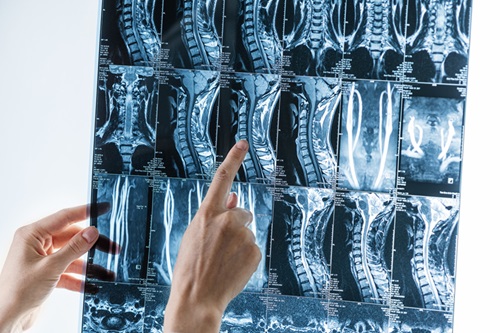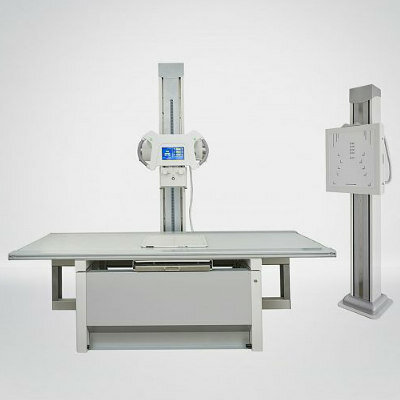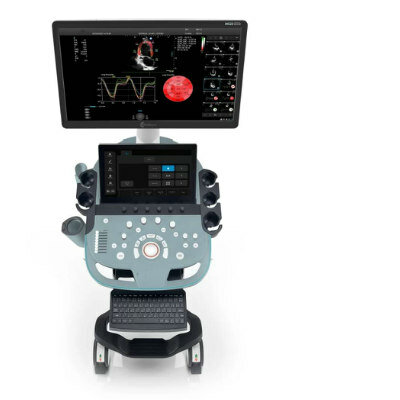Artificial Intelligence Reduces Interpretation Time for Lumbar Spine MRIs
Posted on 31 Jul 2024
Magnetic resonance imaging (MRI) of the lumbar spine is frequently used to evaluate low back pain, allowing for the detection of conditions like disc protrusion, nerve root compression, and disc degeneration. These findings are critical in determining which patients might need surgical intervention. However, assessing lumbar spinal stenosis on MRI requires grading at multiple levels, which is repetitive and time-intensive. Additionally, the lack of standardized grading systems for defining lumbar spinal stenosis results in inconsistent interpretations. In response, deep learning (DL) models using convolutional neural networks have been developed to aid in MRI analysis. Recent advances in machine learning, powered by artificial intelligence (AI), have the potential to speed up scan interpretation and accurately identify conditions like degeneration and other disc-related problems, thereby improving the efficiency, accuracy, reliability, and cost-effectiveness of radiological reporting.
A new study conducted at Sengkang General Hospital (Singapore) evaluated the effectiveness of an AI-based reading assistance tool in reducing the time required to interpret lumbar spine MRI exams and its accuracy in diagnosis compared to experienced radiologists. The study included a test dataset of MRI lumbar spine studies from 51 patients, consisting of 25 men and 26 women, conducted from December 1 to December 10, 2022. Both axial T1- and T2-weighted images from L1-2 to L5-S1 and sagittal T1- and T2-weighted images were analyzed.

The study findings published in the European Journal of Radiology reveal that the average interpretation time per MRI study was significantly shorter with AI assistance than without it. The interquartile range (IQR) for interpretation time with AI was 5.29 minutes, compared to 56.46 minutes without AI. The findings indicate that using a deep learning model to analyze MRI scans of lumbar spinal stenosis substantially saves time and enhances interobserver agreement among radiology in-training residents. As AI becomes more integrated into clinical practice, it is poised to increase clinical efficiency, help prioritize radiology tasks more effectively, and decrease the duration radiologists need to interpret results.
Related Links:
Sengkang General Hospital














